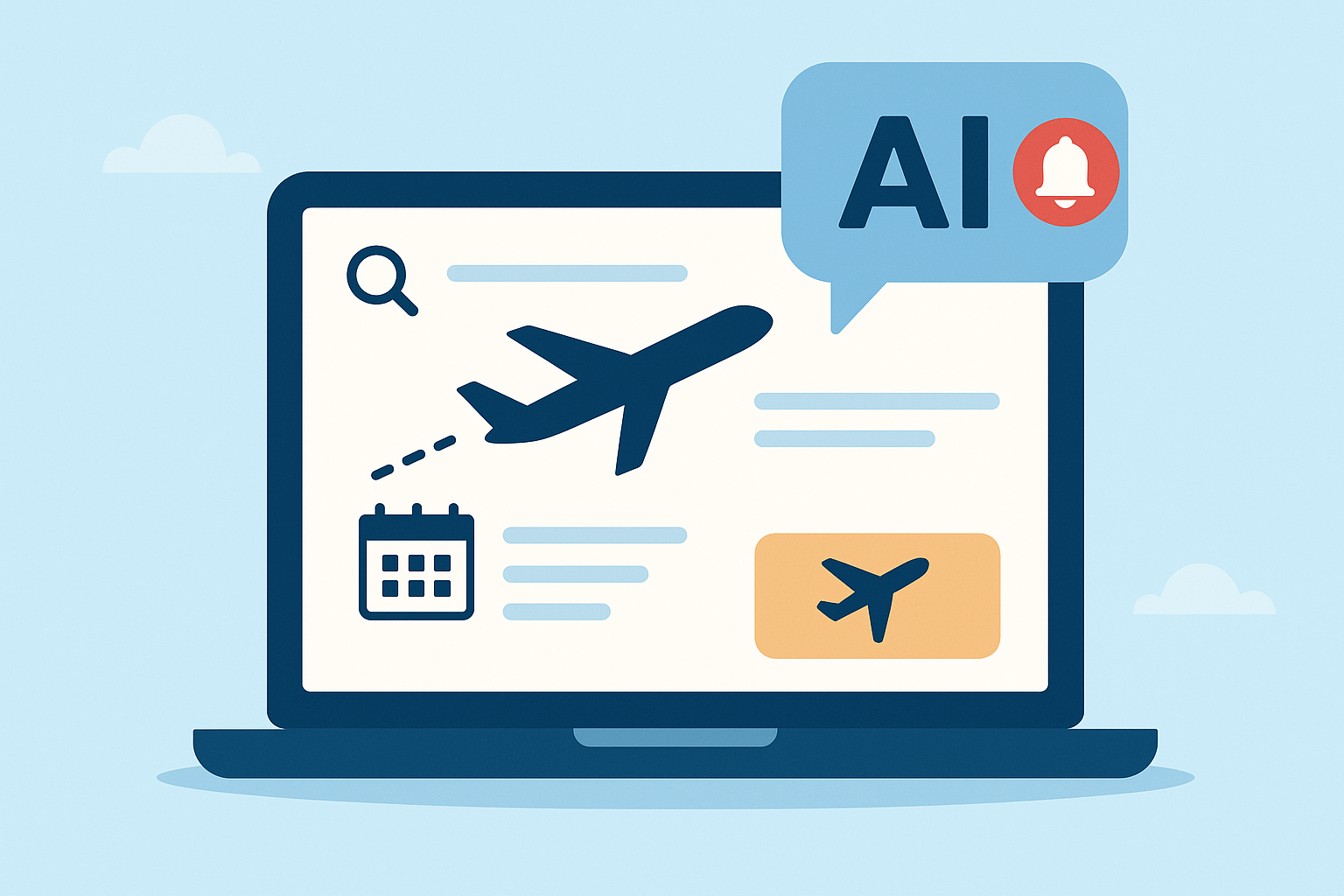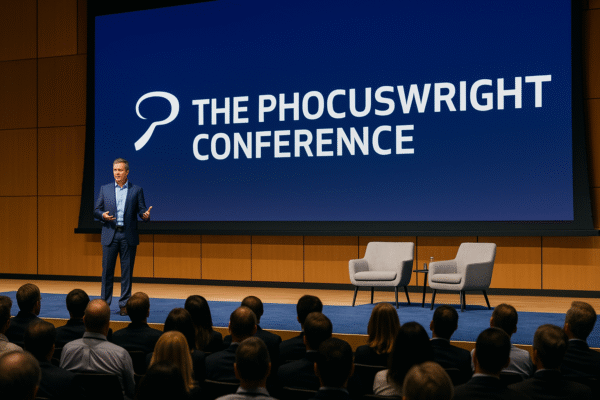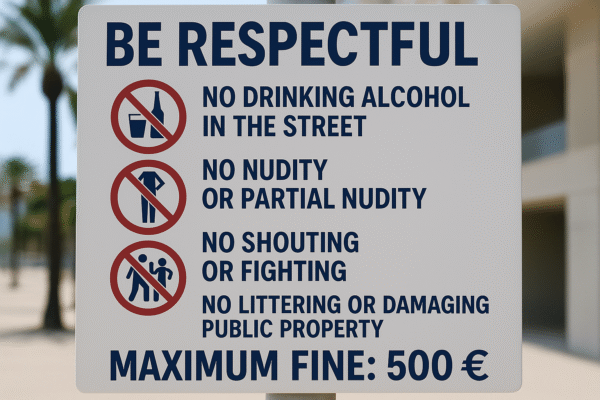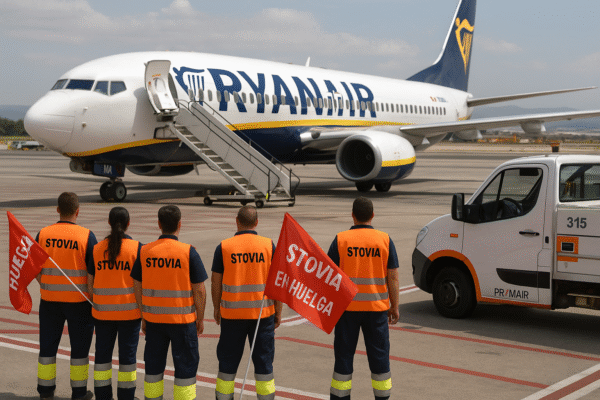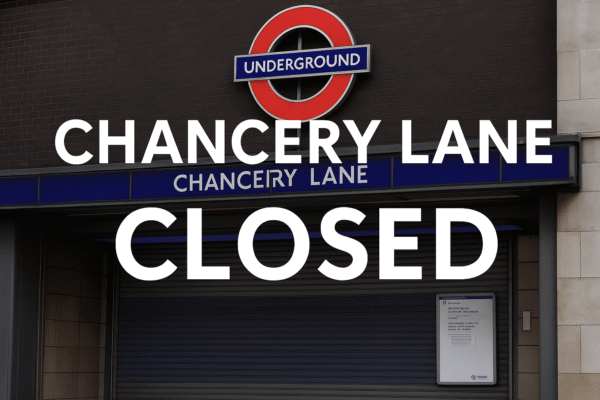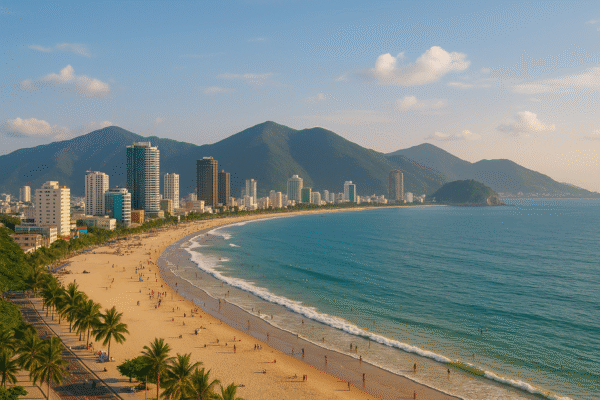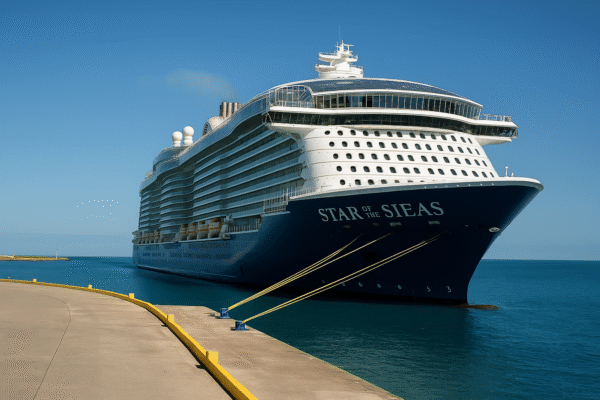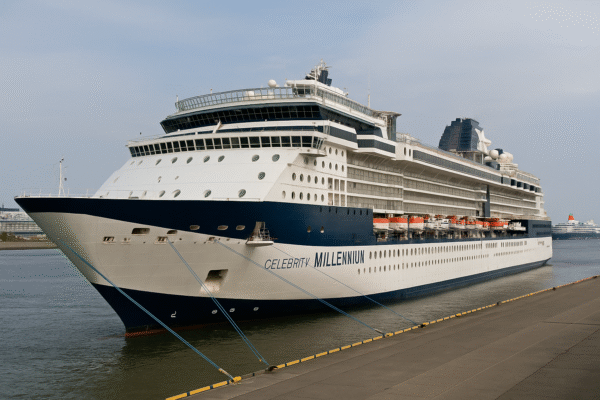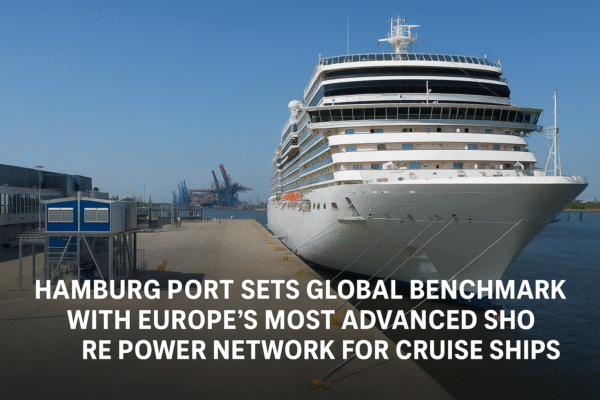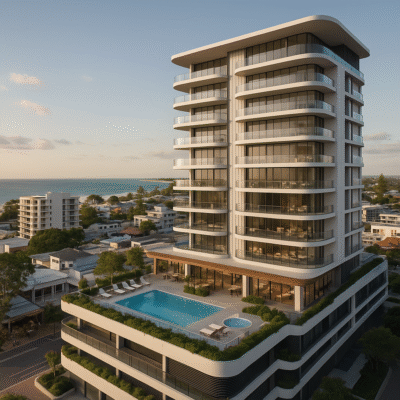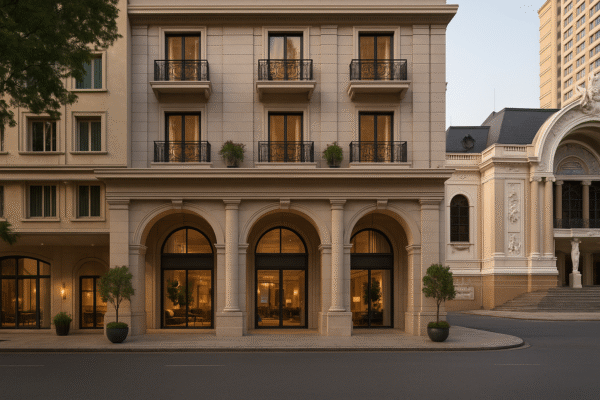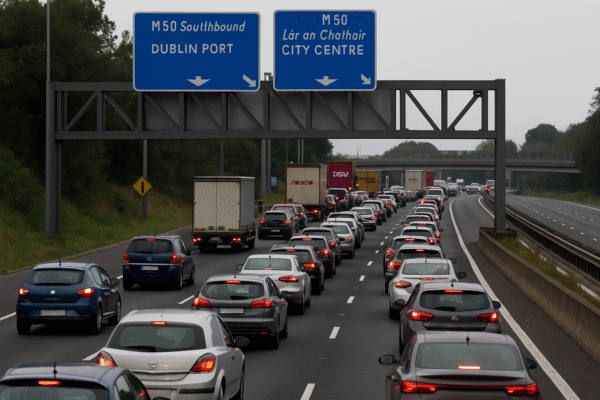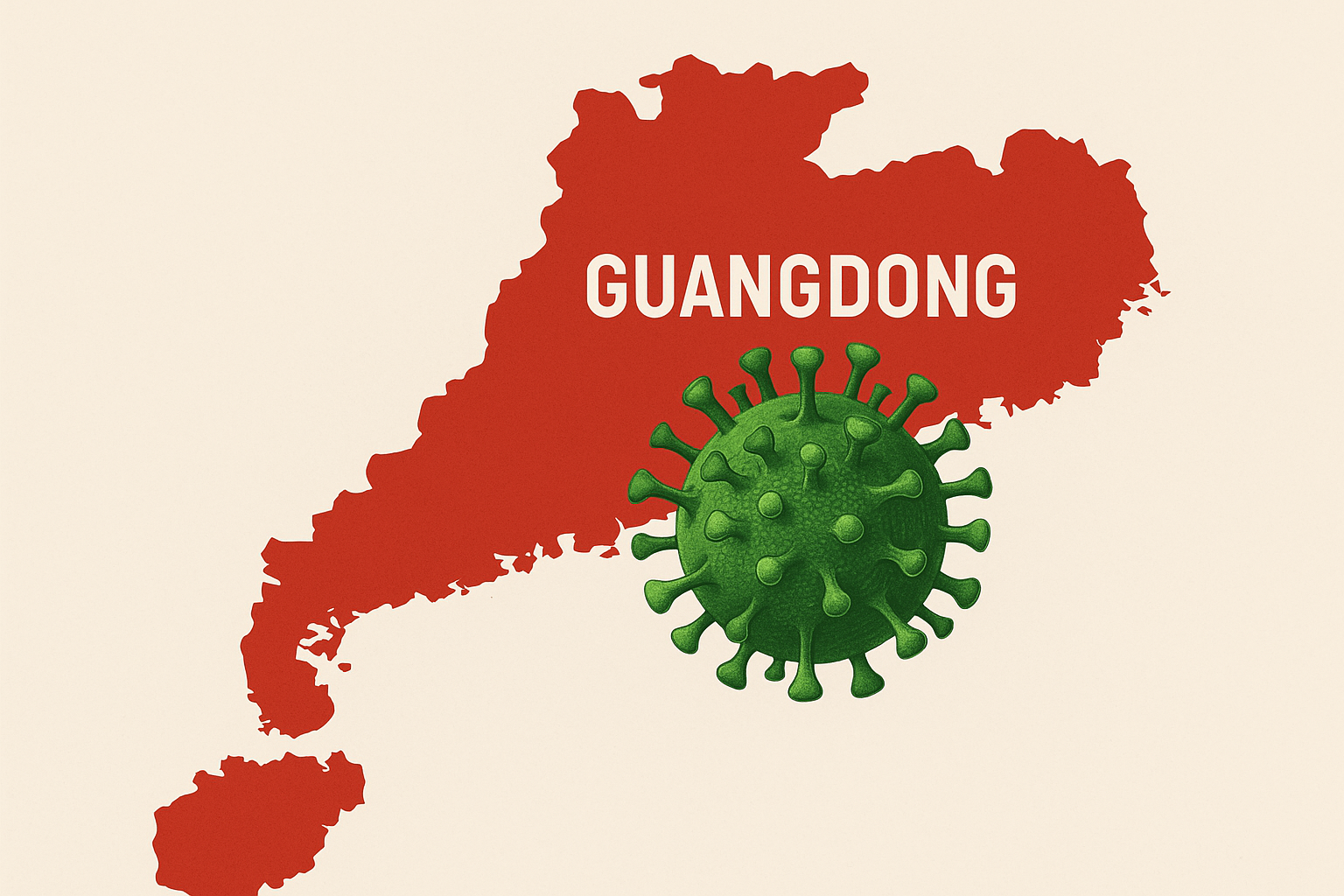On August 6, 2025, Dublin experienced major traffic congestion across key routes including the M50, M7, and N3 due to a series of collisions and disruptions during peak morning hours. A crash on the M50 southbound between Finglas and Blanchardstown triggered a widespread traffic backlog, affecting commuters and tourists alike. Further complications near Ashtown Roundabout worsened the gridlock. The disruption impacted access to major tourist destinations like Trinity College, Dublin Castle, and the Guinness Storehouse. With Dublin’s growing population and a thriving tourism sector, these traffic delays highlight the city’s ongoing transportation challenges. Local authorities continue investing in traffic management systems and sustainable travel options to ease pressure on the capital’s roads. Tourists planning to visit Dublin are advised to check live traffic reports and consider public transport alternatives to avoid similar setbacks. As the city evolves, efficient mobility remains crucial to supporting both residents and the millions of visitors who arrive each year.
Geo-Tagging: Dublin, County Dublin, Ireland
Heavy Morning Traffic Grips Dublin
Dublin’s normally vibrant morning routine was brought to a crawl on August 6, 2025, when a combination of traffic collisions and route disruptions left key roads gridlocked. Motorists commuting into the capital were met with long delays, particularly along the M50, where a collision on the southbound route between Finglas and Blanchardstown occurred during peak traffic hours.
The M50, known as one of Dublin’s busiest commuter arteries, quickly became backed up. While the accident itself was cleared from the hard shoulder relatively quickly, residual congestion persisted, spreading to adjoining junctions. The resulting traffic jams delayed travel for both residents and international tourists navigating the city for business or leisure.
M7 and N3 Backups Add to the Chaos
Additional congestion was reported on the M7 and N3, further intensifying the traffic woes. These routes connect outer counties and commuter towns with the capital and are heavily used by both daily commuters and visitors heading into the city. As traffic on the M50 stalled, spillover delays rippled through the M7 and N3, bringing vehicle movement to a near halt at several junctions.
Tourists traveling from nearby regions such as Kildare, Meath, and Louth to visit popular landmarks — including Dublin Castle, Phoenix Park, and St. Stephen’s Green — found their plans delayed significantly. What might typically be a short journey into central Dublin stretched well beyond expected times, throwing off itineraries and causing widespread frustration.
Ashtown Roundabout Incident Worsens Delays
To complicate matters further, a separate traffic incident occurred near the Ashtown Roundabout, a critical junction connecting northern suburbs and central Dublin. The crash here added another layer of gridlock for motorists already battling delays on the surrounding routes.
For travelers unfamiliar with Dublin’s intricate road network, the compounded disruptions created a disorienting experience. Public transport services that rely on these corridors also suffered delays, impacting buses that serve both local commuters and tourists using hop-on-hop-off routes across the city.
Impact on Tourism: Dublin’s Transport Struggles Under Pressure
August is one of Dublin’s busiest months for tourism, with events, festivals, and cultural tours attracting thousands of visitors. The timing of these traffic disruptions could not have been worse. Tour groups heading to attractions such as Trinity College, the Book of Kells, or the Guinness Storehouse found themselves stuck in traffic instead of enjoying the city.
While such congestion isn’t entirely unexpected during peak hours, the compounded effect of multiple incidents emphasized the fragility of Dublin’s road infrastructure under pressure. Tourism officials and local businesses alike expressed concern over the negative impact such disruptions can have on visitor experience.
Government and City Initiatives to Address Congestion
Dublin’s government has acknowledged the city’s growing traffic issues and is actively investing in long-term transportation solutions. These include:
- Expanded Quality Bus Corridors (QBCs) to provide faster, more reliable public transit options.
- Real-time traffic monitoring systems to respond to disruptions more effectively.
- Promotion of sustainable travel including walking, cycling, and carpooling to reduce vehicle dependency.
- City-centre access restrictions and new traffic flow designs to prioritize public transport and reduce congestion.
These measures are designed not only to ease pressure during peak hours but also to support Dublin’s goal of becoming a more sustainable and tourist-friendly city.
Advice for Tourists and Commuters
Whether you’re commuting to work or exploring Dublin’s rich cultural landscape, traffic delays can significantly disrupt your day. Here are a few tips to help navigate the city more smoothly:
- Check traffic updates before traveling: Use navigation apps or local traffic broadcasts for the latest alerts.
- Use public transportation: Buses and trams often bypass some congestion and benefit from designated lanes.
- Allow extra time: Particularly during morning and evening rush hours.
- Avoid high-traffic zones if possible: Plan routes that circumvent known congestion points like the M50 or major roundabouts.
A City on the Move – With Room for Growth
As Dublin continues to grow in both population and tourist appeal, its infrastructure faces increasing strain. The traffic disruption on August 6 serves as a reminder of the urgent need for comprehensive transport strategies that prioritize mobility, accessibility, and reliability for all.
While progress is being made, more work lies ahead to ensure that residents and visitors alike can move through Dublin efficiently, without the gridlock that defined this particular morning.
For more travel news like this, keep reading Global Travel Wire

